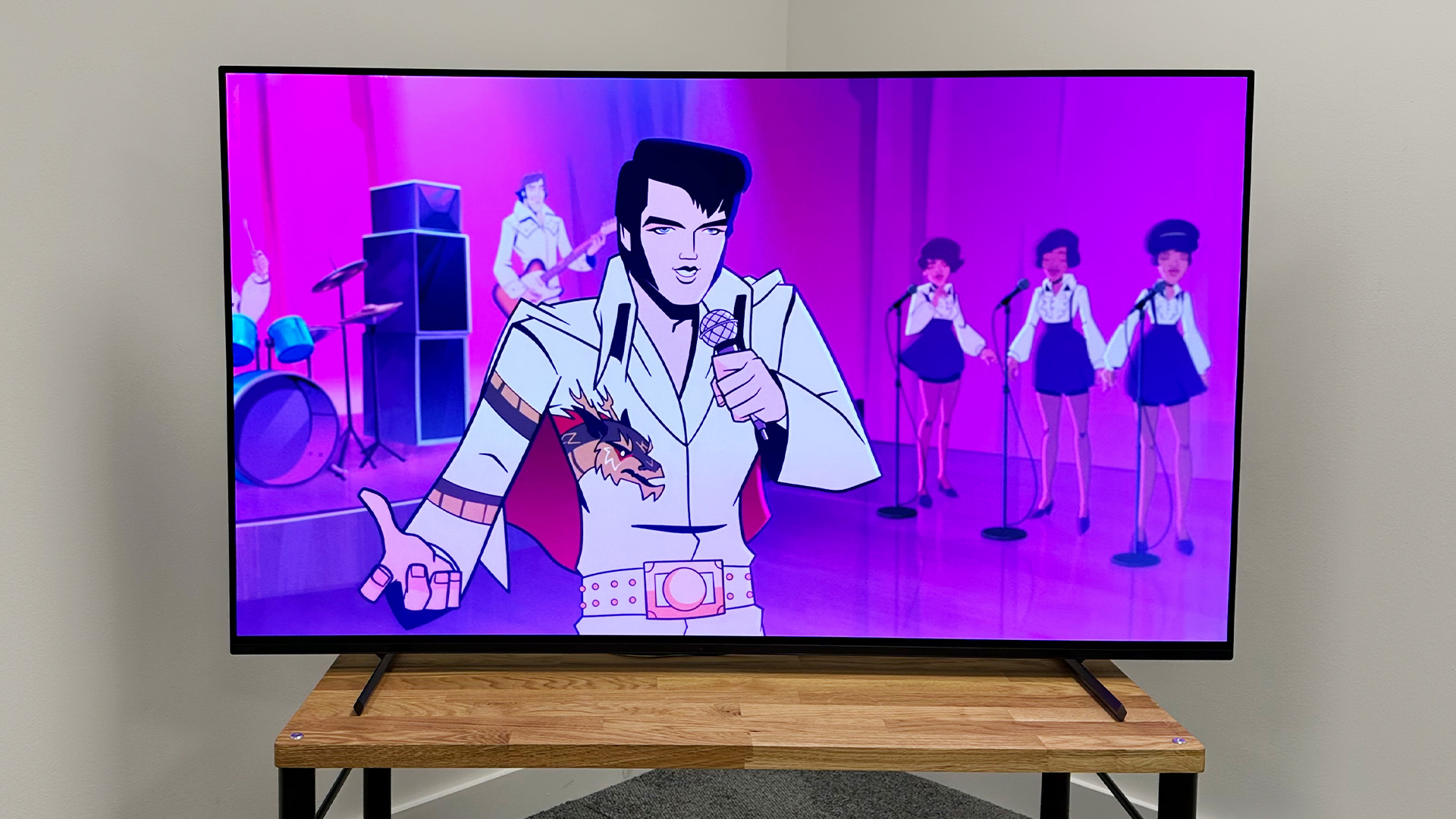
While I’m pretty sceptical about new products and technologies that proclaim to be the next big thing, I’m always ready to buy a ticket to board the hype train for new TV panel technology.
That’s because there’s never been a perfect one and there still isn’t now. LED-backlit TVs can be brilliant, but even the very best (such as Samsung's QN95C) can’t provide the perfect blacks or pixel-level contrast control of an OLED. OLED TVs, meanwhile, can’t generally go as bright as the best backlit TVs.
The promise of producing TVs with the blacks and contrast of OLED and the brightness usually associated with LED backlighting is what makes QD-OLED and MLA technology so exciting, and it’s fair to say that the TVs we’ve reviewed so far in each category have been excellent. The brand-new, MLA-boosted LG G3 takes everything great about LG’s OLEDs and adds a hearty dose of extra punch and dynamism, and while last year’s first-gen QD-OLEDs – the Samsung S95B and Sony A95K – perhaps weren’t the knock-your-socks-off upgrade over standard OLED that some were expecting, they were superb TVs and this year’s second-gen models are expected to go a lot further.
In all of this excitement, it’s easy to assume that standard OLED has had its day. In fact, some people were saying two or three years ago that the technology had already hit its limit. The new Sony A80L proves that that’s simply not the case.
When we were reviewing the A80L, I was really quickly blown away by how much of an upgrade it is on last year’s A80K – a TV that’s still very good in its own right. In terms of panel hardware, nothing significant has changed, but through clever, considered processing, Sony has managed to produce a picture with significantly greater impact, punch and solidity, all without compromising naturalism.
That isn’t to say that the A80L is vastly brighter than other standard OLED TVs. It’s still limited by its panel hardware, which means that the new QD-OLED and MLA TVs are a good deal brighter. But extra brightness isn’t necessarily essential. Standard OLED’s brightness limit of around 800 nits is still high enough to cover the mastering limits of most HDR movies, and tone-mapping is now good enough to really satisfyingly recreate those picture elements that go beyond 800 nits. What’s more, OLED’s perfect blacks mean contrast is astonishing even if peak brightness is lower than it is from a good backlit TV.
There are those who might really need an extra-bright TV. Those who watch in a very well-lit room for example – although I’m of the feeling that if you’re watching movies in a room that bright, you’re simply doing it wrong. For everyone else, the extra brightness offered by a QD-OLED or MLA TV is nice to have but not crucial.
Now, not every TV will get as much performance out of standard OLED technology as the A80L. The fact that the new LG C3 is only a minimal upgrade on last year’s C2 is a testament to that. My overall point, though, is that standard OLED technology has produced some great TVs and, when lavished with lots of care and attention from manufacturers, is still capable of hitting even greater heights. So by all means buy a QD-OLED or MLA OLED TV if you want to and can, but definitely don’t rule out standard OLED yet.
MORE:
Read the full Sony A80L review
One huge upgrade you can make to any TV is turning the lights off
These are the best TVs you can buy right now







